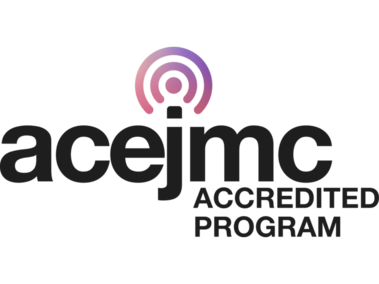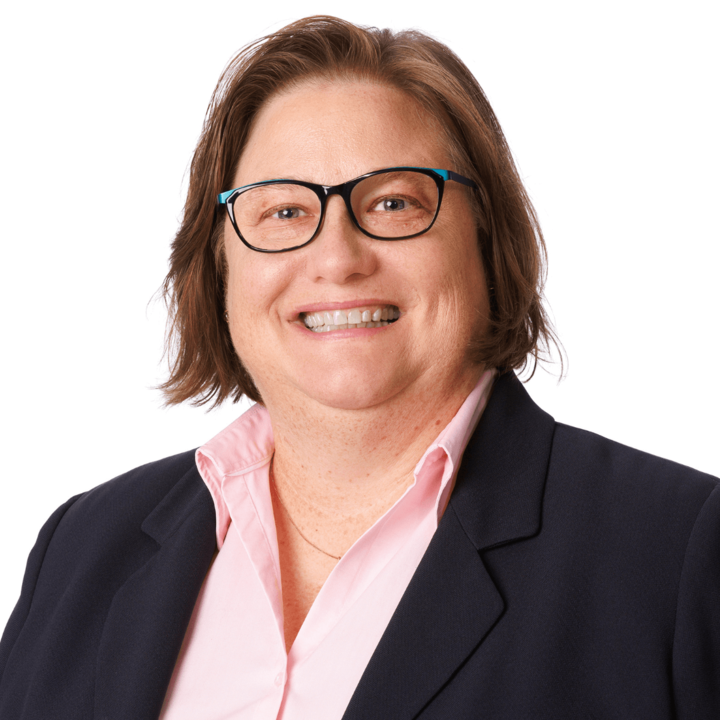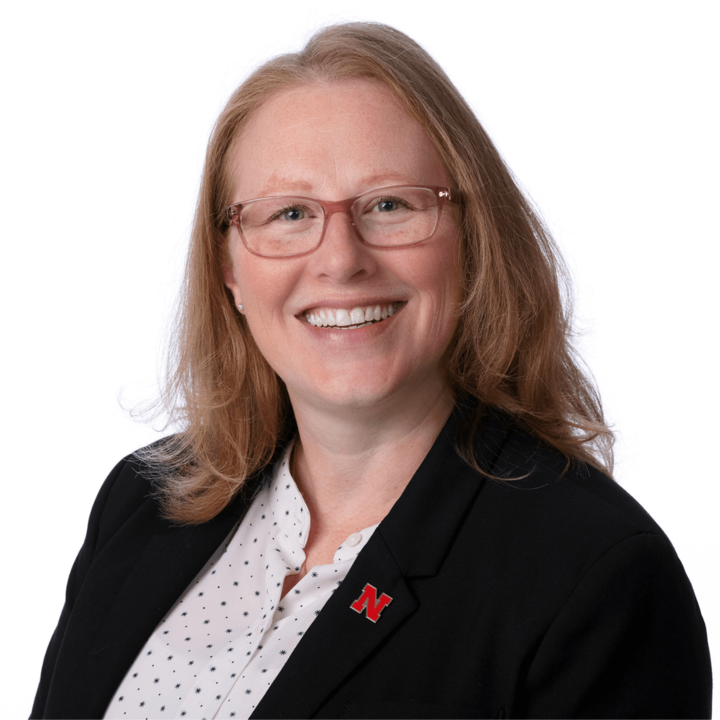
The University of Nebraska-Lincoln has maintained continuous accreditation from the Accrediting Council on Education in Journalism and Mass Communications since 1954, demonstrating an unwavering commitment to excellence in media education.
Our diversity plan and webpage fulfill requirements enshrined in ACEJMC’s fourth accrediting standard, which requires “a written diversity plan, posted to the unit’s website, which includes key performance indicators (KPIs).”
Mission Statement
We value, respect and uplift all students, faculty and staff. We recruit and support a diverse and inclusive community. We are responsible for one another and will push back against the mistreatment of marginalized people. We are the strongest, most creative and most innovative together.
University Context
The college’s commitment is made in the context of the commitment by the University of Nebraska-Lincoln and the University of Nebraska system to create a climate at Nebraska that emphasizes, prioritizes, and expands inclusive excellence and diversity. The UNL Commitment to Action recognizes that no single set of plans or actions will solve systemic oppression of traditionally marginalized populations. Rather, they represent steps toward that goal. This plan represents the college’s commitment to making the journey.
Approval
Approved by CoJMC Faculty on May 12, 2023.
Our Plan
Aim 1: Developing a Diverse and Inclusive Culture and Climate
The college commits itself to welcoming and including students, staff and faculty of all races, nationalities, ethnicities, religions, genders, sexual orientations, as well as all social, political and economic ideas. In this context, inclusion means all people will be respected regardless of their background or beliefs and will have opportunities to engage fully in the life of the college.
To fulfill this commitment, the college will:
- Standard 4 of the accreditation standards requires that course syllabi reflect learning outcomes related to diversity, equity and inclusion, both domestically and internationally. The DEI mission statement will be added to all syllabuses, as part of the syllabus template, to provide context for the learning outcomes.The statement will be displayed on the college website. Faculty are encouraged to direct students to read that statement and understand the importance the college attaches to it. Assessment: Annual syllabus review by DEI committee, with recommendations for outstanding exemplars to faculty.
- Develop intellectual and social programs— such as panel discussions, speakers, book clubs, and special topics or permanent classes‚ targeting all components of the college community, which are designed to increase the understanding of the value and benefits of diversity and inclusion. Assessment: Reported in Monday Dean’s memo and annual report.
- The college has created a Diversity & Inclusion Toolkit to help students, staff and faculty find and employ resources. Prioritize college travel funding requests to underwrite or otherwise support international faculty exchanges. Assessment: Global Eyewitness is endowed to support student/faculty travel oversees each year and was relaunched in 2022.
- Faculty seed and travel funds will be reviewed each year for global travel and projects. Collaborate between college DEI committee and students, including RSO representatives annually to gather feedback about diversity and inclusion on ways to improve the college’s performance in those areas. Assessment: Students will provide feedback through an annual survey.
- Solicit feedback from faculty and staff on the climate and atmosphere within the college surrounding DEI issues periodically each year through interpersonal, public and confidential means. Assessment: Annual climate survey distributed in spring, as well as administrative evaluations and faculty/staff meetings.
Aim 2: Creating an Academic Environment for Student Success
Talk of promoting diversity, equity and inclusion is empty in the absence of a community that is diverse. Conscious efforts to seek students of diverse backgrounds will be necessary if the college is to build a more diverse and inclusive community. The college will increase its efforts to recruit students from traditionally marginalized communities and ensure student success.
To achieve this goal, the college will:
- Work with the university’s admissions office and the office of the vice chancellor for diversity to identify and recruit high school students of diverse backgrounds. Assessment: Tracked through annual report materials. Can be reviewed year by year for comparison. Also tracked through Executive Vice Chancellor’s office: https://executivevc.unl.edu/academic-excellence/undergraduate-analytics
- Establish and continue partnerships with administrators and counselors from high schools in the UNL recruiting area to coordinate recruiting efforts. Goal is to have at least 30 percent recruitment efforts of marginalized or underserved students. Assessment: Measure by number and by program year over year.
- Increase contacts with prospective students who show aptitude and interest in mass communications through existing and newly developed program, such as NHSPA workshops and Nebraska College Preparatory Academy. Assessment: Follow-up emails should occur within a month of event to establish relationships. Recruitment officer to report in annual report.
- Monitor the progress of students from marginalized communities to support their academic efforts and enhance their chances for graduation. Assessment: Advisors evaluate the four- and six-year graduation rates for students from underrepresented and underserved communities and academic navigator helps with focus on “at-promise” students. Reviews as part of CoJMC Student Success Plan and UNL retention plan, found here: https://executivevc.unl.edu/academic-excellence/EVC- AnnualRetentionDocument.pdf
- Establish a mentoring program for students, prioritizing first-generation and underrepresented students, with alumni and working professionals. Assessment: Record those as part of the overall database of contacts discussed below.
Aim 3: Incorporating Diversity, Equity, and Inclusion in the College Curriculum
Students who complete majors in the college should understand how incorporating diversity, equity and inclusion in mass communications strengthens businesses and communities and improves the functioning of local, state and national political institutions. The curriculum should offer students opportunities to engage with diverse groups domestically and globally.
To achieve this goal, the college will:
- Create a database of speakers that faculty can access to help connect faculty to diverse alumni/professionals from underrepresented or underserved groups. For example, the college is expected to choose an annual honoree for the university’s multicultural homecoming event and invite at least one other diverse college alumni to campus each semester, to participate in college events and class or public lectures. Assessment: DEI Committee will start process through Monday Memo to track information for use in annual report.
- Engage students and faculty in the college’s experiential learning programs — along with the college’s marketing staff — to report on and promote the college’s and university’s efforts to promote diversity, equity and inclusion. Assessment: Annual report and summary circulated on college website. Tabulated as part of CoJMC Student Success plan.
- Provide outlets for faculty to share teaching resources or techniques that promote a better understanding of diversity, equity and inclusion or that assist in making the curriculum and/or scholarship more relevant to students of diverse backgrounds. Assessment: One Faculty Innovation and Exploration will focus on diversity and inclusion each semester, sharing faculty ideas in a roundtable format.
- Each course shall include at least one component, such as lectures or an exercise, devoted to diversity, equity and inclusion. Assessment: Review the course syllabuses to discern the types of elements related to DEI and resources in D&I toolkit. Require faculty to identify in their syllabus lectures, assignments or other components of their courses that address diversity, equity and inclusion.
- Encourage faculty to conduct research and creative activities or instruction that focus on issues of diversity, equity and inclusion and publicize such activities as part of annual reporting. Assessment: The annual inclusive excellence faculty/staff award will focus in this area.
Aim 4: Enhance Recruiting and Retention Efforts to Increase Diversity Faculty and Staff
The college must increase its efforts to attract and retain top-level scholars and administrators from diverse backgrounds and marginalized communities.
To achieve this goal, the college will:
- Advertise openings for full- and part-time positions in ways and through channels that are likely to reach members of marginalized communities. Employ college speaker database and Office of Diversity and Inclusion for suggestions on best locations for ads. This includes recruiting at conferences such as National Associations of Black and/or Hispanic Journalists. Assessment: Gather listings for each job search to demonstrate broad reach.
- Develop a best practices model for faculty/staff job searches that focus on being inclusive and specifically targeting a broad and diverse pool of applicants. Assessment: Survey conducted in Fall 2022. DEI committee developing best practices model for completion in Fall 2023.
- Require BRIDGES training for all search committee members. Assessment: Compile a list from those completing training teach year from Office of Diversity & Inclusion.
- Develop and cultivate individual relationships with faculty, professionals and graduate students of color for potential faculty or staff hires through guest speaker, workshop or other guest opportunities. Add these individuals to our database of sources, who can be used as potential faculty/staff recruiting agents when positions occur. Assessment: Check database listings and track how many served as resources or joined faculty.
- Recognize that faculty and staff with diverse backgrounds sometimes have increased mentoring loads because students with similar backgrounds turn to them for help and guidance. Investigate the creation of an endowment for a visiting professorship for a faculty member to focus on study and instruction related to diversity, equity and inclusion in the media. Assessment: Acknowledgment of annual reviews and promotion materials.
Climate and Culture Committee




